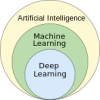NASA is sending a spacecraft to investigate the ‘bubble’ that protects our solar system0
- From Around the Web, Science & Technology, Space
- June 5, 2018
You map, IMAP, we all map.
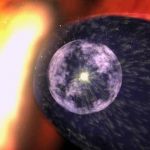
You map, IMAP, we all map.
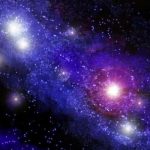
New mappings of hundreds of thousands of voids and galaxy clusters are providing an opportunity to test Einstein’s theory of relativity.
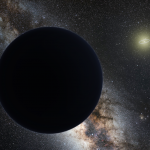
A new model provides an explanation for the bizarre orbits of distant objects in the solar system that doesn’t require influences from a massive ninth planet.
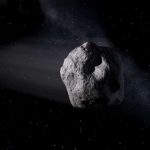
The IAU has confirmed that the asteroid originally designated ZLAF9B2 – now called 2018 LA – disintegrated at a height of 30 miles (50 km) over South Africa on Saturday.
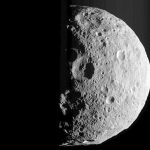
Planetary pairings, a super-bright asteroid, and the astronomical start of a new season offer plenty of reasons to look up this month.
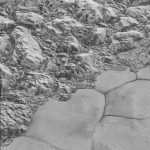
Scientists have discovered dunes on Pluto, and say they are likely to have been formed of methane ice grains released into its rarefied atmosphere.
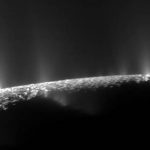
Off the coast of Hawaii’s Big Island and more than 3,000 feet beneath the ocean surface lie the warm, bubbling springs of a volcano — a deep-sea location that may hold lessons for the search for extraterrestrial life.
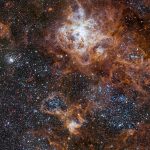
The cosmic spider looms
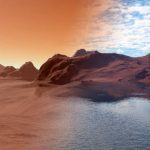
Iron-rich rocks near ancient lake sites on Mars are the most promising and best understood astropaleontological targets, according to new research led by University of Edinburgh scientist Sean McMahon.
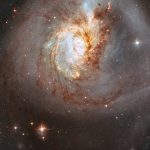
Though it resembles a peaceful rose swirling in the darkness of the cosmos, NGC 3256 is actually the site of a violent clash. This distorted galaxy is the relic of a collision between two spiral galaxies, estimated to have occurred 500 million years ago. Today it is still reeling in the aftermath of this event.


